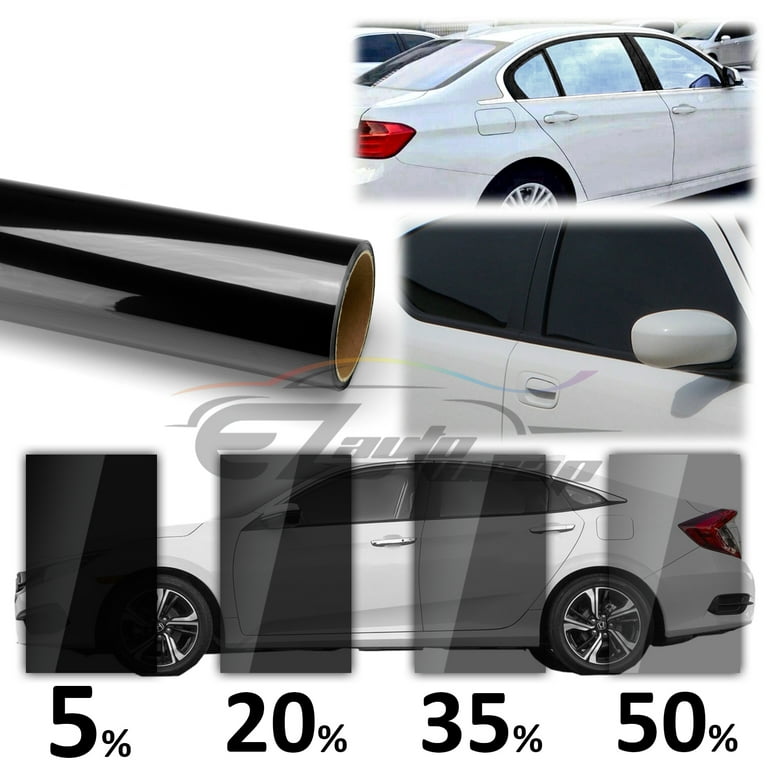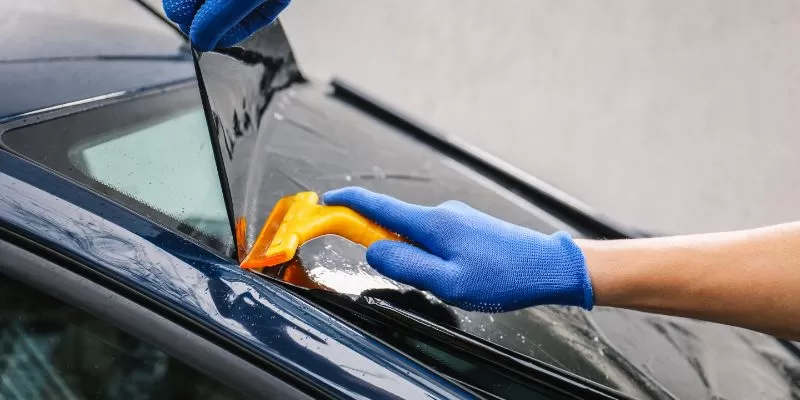Auto Window Tinting: Enhance Comfort and Minimize Glare While Driving
Auto Window Tinting: Enhance Comfort and Minimize Glare While Driving
Blog Article
Window Tinting Rules and Standards: What You Need to Know Before Tinting Your Auto
Prior to continuing with home window tinting for your vehicle, it is necessary to acquaint on your own with the varied laws and guidelines that govern this technique throughout various states. These policies determine the acceptable degrees of color darkness, frequently gauged by noticeable light transmission (VLT) percentages, and include certain specifications for front windshields focused on making certain road safety and security. Additionally, particular territories may offer clinical exceptions for people with certifying conditions. Comprehending these complexities can save you from potential lawful implications, however what are the details rules in your state?
Review of Window Tinting Laws
Home window tinting regulations are often subject to variant across various jurisdictions, reflecting neighborhood policies and security considerations. These laws dictate the permissible degrees of color darkness and reflectiveness on automobile home windows, guaranteeing that drivers maintain ample visibility while additionally shielding against unsafe UV rays and heat.
Most policies categorize home window tinting based upon the Visible Light Transmission (VLT) percentage, which suggests the amount of light that can go through the window. Generally, reduced VLT percents represent darker colors. Regulations commonly distinguish in between the front, side, and back windows, with more stringent limitations used to the front windscreen to improve safety and security for both the vehicle driver and various other roadway individuals.
Conformity with window tinting regulations is crucial, as violations can result in penalties, mandatory elimination of the color, and potential increases in insurance coverage costs. It is crucial for vehicle owners to familiarize themselves with regional laws prior to continuing with home window tinting installations.
State-by-State Tint Regulations
Recognizing the details home window tinting laws in each state is important for automobile proprietors seeking to follow the legislation. Each state in the united state has established its very own collection of regulations regulating home window tinting, which can vary dramatically. These regulations typically dictate the permitted degrees of color darkness, the sorts of windows that can be tinted, and any medical exemptions that may use.
As an example, states like The golden state have stringent constraints on tint darkness for front windows, while others, such as New Mexico, may allow darker colors. In addition, certain states mandate specific exposure percents for numerous home windows, consisting of the windshield, front side windows, and back home windows. It is vital for automobile owners to acquaint themselves with their state's legislations to avoid prospective fines or charges.
Additionally, some states may call for a qualification sticker to be positioned on tinted home windows, indicating conformity with state legislations. Failure to stick to these laws not only runs the risk of legal effects yet can additionally affect security and visibility while driving. Automobile proprietors must perform detailed research study or speak with neighborhood authorities to guarantee complete understanding and compliance with state-by-state color regulations.
Allowed Tint Types and degrees
Several automobile owners might be amazed to learn that enabled color degrees and types differ widely throughout different states. Each state has actually developed its own policies pertaining to the permissible darkness and reflectivity of window tint, typically gauged by Visible Light Transmission (VLT) portions. VLT describes the quantity of light that can go through the tinted home windows; hence, a lower percentage suggests a darker tint.

In addition, the kinds of color products enabled can differ, with some states prohibiting mirror-like or metallic finishes. It is vital for lorry owners to familiarize themselves with their state's specific legislations to guarantee conformity. Non-compliance can lead to penalties, mandatory elimination of the color, or various other lawful consequences, making it essential to recognize these regulations before continuing with installation.
Medical Exceptions for Tinting
While not all states provide allowances for medical exceptions pertaining to home window tinting, those that do identify the necessity for particular people to boost exposure and comfort as a result of medical problems. Different clinical conditions, such as lupus, skin cancer, and specific eye conditions, can make individuals particularly conscious sunlight. As a Read Full Report result, these people may need darker tints to secure themselves from unsafe UV rays and glare.

It is essential to note that despite having a medical exception, there may still be constraints on the degree of tint allowed. Conformity with state laws ensures that people are both protected and within lawful limitations. Those taking into consideration medical exceptions need to call their neighborhood Department of Electric motor Autos or comparable authority to recognize the requirements and treatments required to make an application for an exception successfully.
Penalties for Non-Compliance
Stopping working to follow window tinting laws can cause substantial charges, which differ by state. Police are equipped to provide citations for vehicles that do not stick to the specified tinting regulations. These penalties typically consist of fines, which can range from modest total up to a number of hundred bucks, depending upon the intensity of the violation and the state in concern.
In some jurisdictions, duplicated offenses may cause escalating fines or added fines, such as required court appearances. In addition, non-compliance might demand the elimination of unlawful tinting, often at the owner's expense. In severe situations, habitual offenders might encounter suspension of their automobile enrollment up until conformity is achieved.
Furthermore, insurance coverage ramifications might develop from obtaining several citations for window color infractions. Insurers may see such infractions as an indication of riskier behavior, potentially causing enhanced costs or difficulty in coverage.
To avoid these penalties, it is crucial for car owners to acquaint themselves with their regional window tinting legislations and guarantee that their vehicle complies (Window Tinting). This proactive technique not only stays clear of lawful implications however also advertises roadway safety and security
Verdict

A lot of regulations categorize home window tinting based on the Visible Light Transmission (VLT) percentage, which indicates the quantity of light that can pass with the window. Conformity with window tinting laws is important, as violations can result in penalties, required removal of the color, and possible increases in insurance policy premiums.Understanding the certain window tinting laws in each state is essential for lorry owners seeking to conform with the regulation. These policies commonly determine the permitted levels of color darkness, the kinds of home windows that can be tinted, and any type of clinical exemptions that might use.
For circumstances, states like The golden state have strict limitations on tint darkness for front windows, while others, such as New Mexico, may allow darker colors.
Report this page